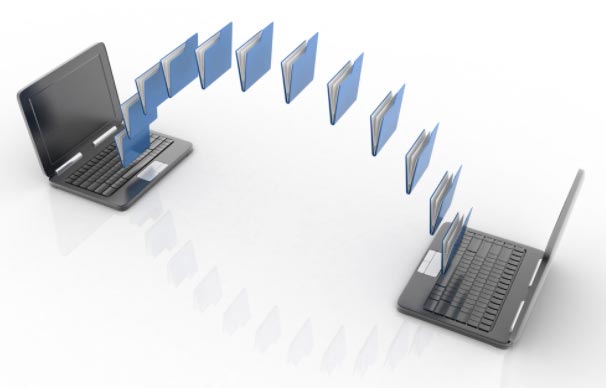Welcome, please enter your details below.
07 Mar 2017
EDI and E-Invoicing Explained
Ever since the 1948 Berlin airlift, Governments, the Military and companies globally have been working to find ways to provide detailed and timely data so that goods and services can flow quickly – unimpeded by bureaucracy and paperwork. The acronym given to the transactions that define this data flow is EDI – Electronic Data Interchange. As with most industry processes, there are “standard bodies” who administer the definitions of data flows. For EDI, the UN has adopted EDIFACT, there are also other document standards such as ANSI X12, SWIFT, and RosettaNet.
In the 1980’s European Customs adopted these standards to speed up the pre-clearance of goods. When General Motors acquired EDS they required all suppliers to use EDI.
Early in the 21st century, tax authorities and the EU started to think about the automation of data and over the past 15 years various laws have been passed throughout the EU, Canada and Latin America that require businesses (both large and small) to provide notification via EDI to their local tax authority when a transaction is executed. This could be something as simple as a kitchen supplier selling a sink.
Alongside this, the paperwork behind the business to business transactions is being automated to the extent that paper is becoming non-existent.
Over time the standards have expanded and morphed. They now fall under an umbrella that is generically termed “electronic invoicing” or e-invoicing.

In the B2C and B2G worlds, this will ultimately result in no more documents being created as all data will be passed between the buyers and sellers computer systems, with notification transactions being sent to government departments such as customs and the relevant tax authorities. ERP and CRM solutions will communicate directly through middleware and ultimately there will be no need for CCM systems in the B2B and B2G worlds.
What does this mean for transactional email in Australia and New Zealand?
Not much at the moment – however, things are about to change!
In Australia, Government and Business formed a joint public-private council; the Digital Business Council. In 2016, this Council adopted a national standard for e-invoicing based on the ISO Oasis Universal Business Language specification. The Australian Government believes that 10-15% of businesses have adopted e-invoicing and they intend to push adoption across all industries as they predict a savings of $10 billion per year – $3 billion for government departments alone.
Currently, there is little research or theory around the potential impacts (if any) that this may have on B2C invoicing, but there are some interesting ideas being floated.
Here at Cumulo9, we have developed a significant level of expertise in the transactional email space and we are constantly monitoring the international markets to stay abreast of developments that can bring opportunity and cost savings to our customers. We are closely monitoring e-invoicing, including keeping up to date with international developments and we will continue to keep our clients and stakeholders informed of emerging trends.
If you need any further information, please contact us: Phone +64 9 377 8885 or email support@cumulo9.com.
Related news
11 Oct 2024





